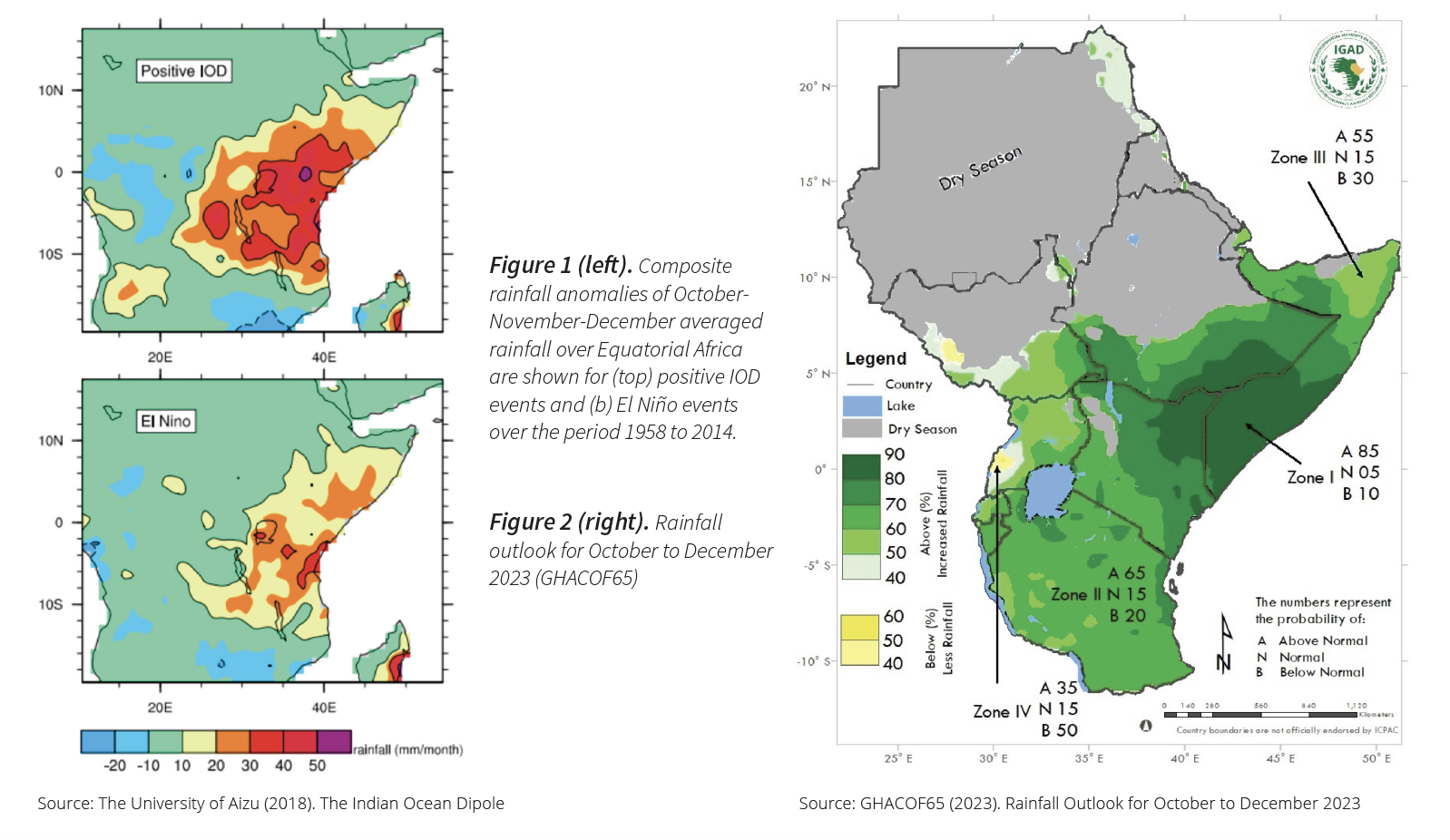Action Against Disasters Somalia (AADSOM) is taking proactive steps ahead in scaling its emergency preparedness and response capacities in all its operational zones to better manage the anticipated impact of the upcoming El Niño event on at-risk communities across Somalia. The plan encompasses multiple facets, including early warning systems, community education, and immediate disaster relief initiatives.
El Niño is a climate phenomenon characterized by unusual warming of the central and eastern tropical Pacific Ocean, which often leads to changes in weather patterns across the globe. Being highly susceptible to climate change and variability, Somalia faces potential threats such as floods, droughts, and cyclones exacerbated by El Niño events. Vulnerable communities, especially in areas already vulnerable to food insecurity, displacement, and conflict, are particularly at risk and require immediate and long-term disaster preparedness and response strategies.
According to the Food and Agriculture Organization of the United Nations (FAO), the anticipated El Niño has the potential to negatively affect 1.2 million people in Somalia this year. Riverine communities in Somalia are most at risk, an estimated 1.5 million hectares of land are at risk of flooding – anticipatory action can prevent the worst.
Somalia is already experiencing decades of protracted complex emergencies due to recurrent conflict, drought, floods, and food insecurity. The levels of acute food insecurity are projected to remain high for the end of the year; between October to December, 4.3 million people are expected to face Crisis (IPC Phase 3) or worse outcomes. The current classification includes over 1 million who will likely be in Emergency (IPC Phase 4).
AADSOM is at the forefront of building resilience among the vulnerable communities, that are most at risk during crises like El Niño.
The PRP seeks to:
- Utilizing the existing early warning systems such as the Somalia Water and Land Information Management (SWALIM) for flood warning and flood management, and for immediate dissemination of climate data and information.
- Educating communities on disaster preparedness and response techniques especially riverine farmers, pastoral and agro-pastoral communities living along the Juba and Shabelle rivers who face an almost certain risk of flooding.
- Stockpiling essential supplies and establish relief centers.
- Working closely with governmental agencies, international and local humanitarian partners to ensure a more robust, coordinated approach to disaster management and to quickly put a preparedness plan in place for high-risk areas.
The Preparedness and Response Plan (PRP) marks a significant step towards safeguarding vulnerable communities in the face of the anticipated El Niño event. With proactive planning and strategic partnerships, AADSOM aims to minimize the adverse effects of El Niño.
AADSOM encourages all relevant stakeholders and partners to adopt similar strategies to ensure that at-risk populations are protected from the severe consequences of the anticipated impact of the upcoming El Niño event.

